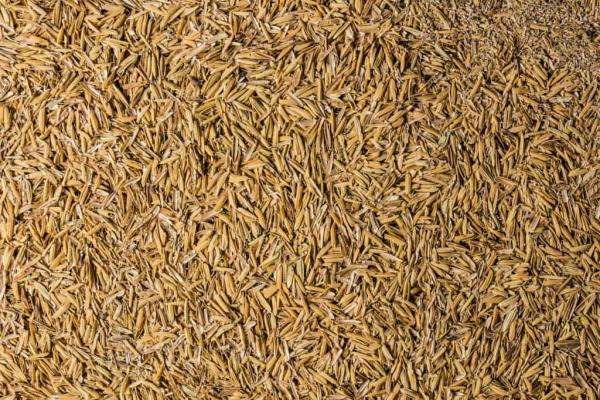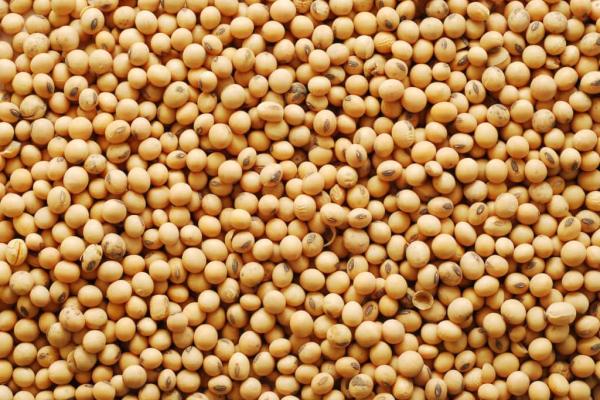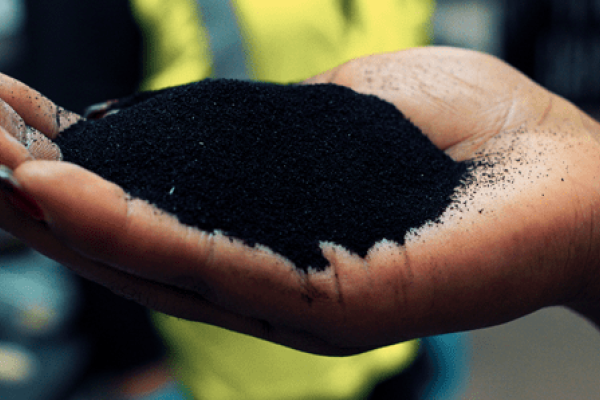USTMA Members strive to increase the use of sustainable materials in the tires we manufacture.
Tires contain many rubber compounds and other materials because they are required to safely perform in the face of a wide range of demanding conditions. Compounding–the process of selecting and combining materials for a specific tire component–is complex.
The specific makeup of each tire compound is dictated by how and where it will be used within the tire — tread or sidewall, structural plies or stabilizing bead — and the specific safety and performance attributes desired. Improved sustainability performance must complement these essential attributes, an opportunity and a challenge USTMA members have embraced.

Bridgestone and Pirelli have conducted major research on the commercial potential of guayule, a shrub native to the U.S. Southwest that contains natural rubber within its cellular structure.


Goodyear participates in a consortium known as the Program of Excellence in Natural Rubber Alternatives (PENRA) with several partners, including The Ohio State University, to investigate the potential of alternate rubber plants including Taraxacum kok-saghyz, a type of Russian dandelion, as a domestic natural rubber source.
Continental is working with the Fraunhofer Institute for Molecular Biology and Applied Ecology, Julius Kuehn-Institute and EKUSA, to produce, test and develop tires with tread made from 100% dandelion-derived rubber.

Bridgestone is shifting toward more sustainable mobility solutions by replacing petroleum in Firestone Ag tires with renewable soybean oil. Today, various percentages of soybean oil are in the Ag tires produced in the Bridgestone Des Moines, Iowa plant.
Goodyear’s breakthrough in applying soybean oil in the tread compound of tires as a replacement for traditional petroleum oil was commercialized in its Assurance WeatherReady™ consumer tire line in 2017, the Eagle Enforcer All Weather police tire in 2018, and the Eagle Exhilarate in 2019.

Hankook utilizes vegetable oil resin extracted from conifers to manufacture tires specifically designed for electric vehicles. The Hankook Kinergy AS EV tire, made with vegetable oil resin, provides electric vehicles improved wet road performance as well as general handling and braking.

Michelin and Bridgestone incorporate ground rubber derived from used tires as a closed-loop sustainable compound to produce new high-performance tires and tires for agricultural and off-road applications.
Sustainable Natural Rubber
The Global Platform for Sustainable Natural Rubber is an international, multi-stakeholder, voluntary membership organization, with a mission to lead improvements in the socioeconomic and environmental performance of the natural rubber value chain.
Members of the Tire Industry Project (TIP) launched the GPSNR in November 2017, along with other members of the natural rubber value chain. Today, members include natural rubber producers, processors and traders, tire makers and other rubber makers/buyers, car makers, other downstream users, financial institutions and other community groups and non-governmental organizations. Representatives from these stakeholder groups have contributed to the wide-reaching priorities that will define GPSNR strategy and objectives for a fair, equitable and environmentally sound natural rubber value chain.
